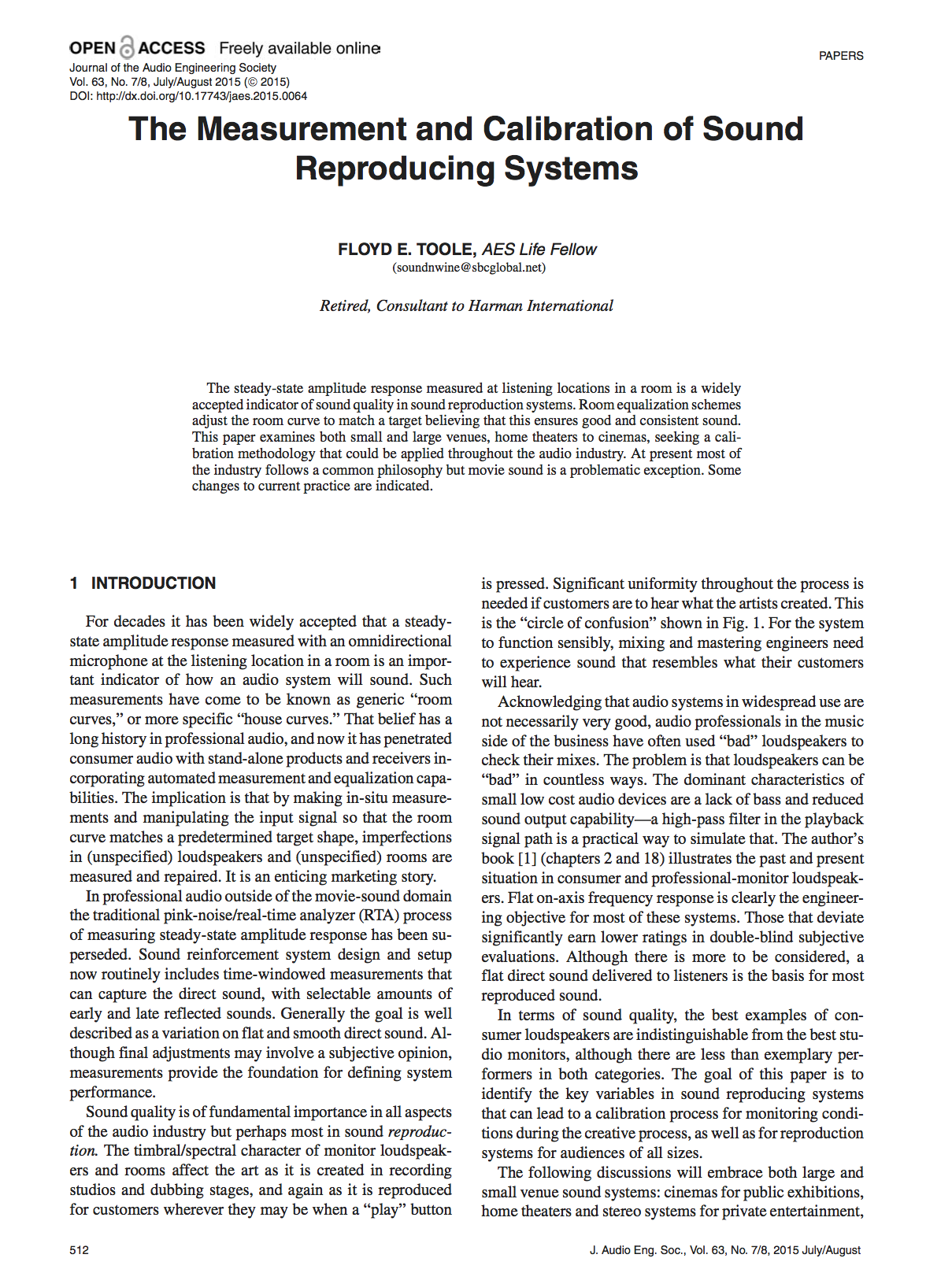I feel like its pretty well known that the Harman consumer target response for over ear was conducted using the HD800S, but how did they determine the preference target when it came to IEM's and loudspeakers? I would assume that different fields would have yielded different results based on the reference product used for that testing, but I couldn't find any information on this when looking into it. Anyone have any insight to this?
-
WANTED: Happy members who like to discuss audio and other topics related to our interest. Desire to learn and share knowledge of science required. There are many reviews of audio hardware and expert members to help answer your questions. Click here to have your audio equipment measured for free!
How was the Harman target for IE and Speakers achieved?
- Thread starter lewdish
- Start date

